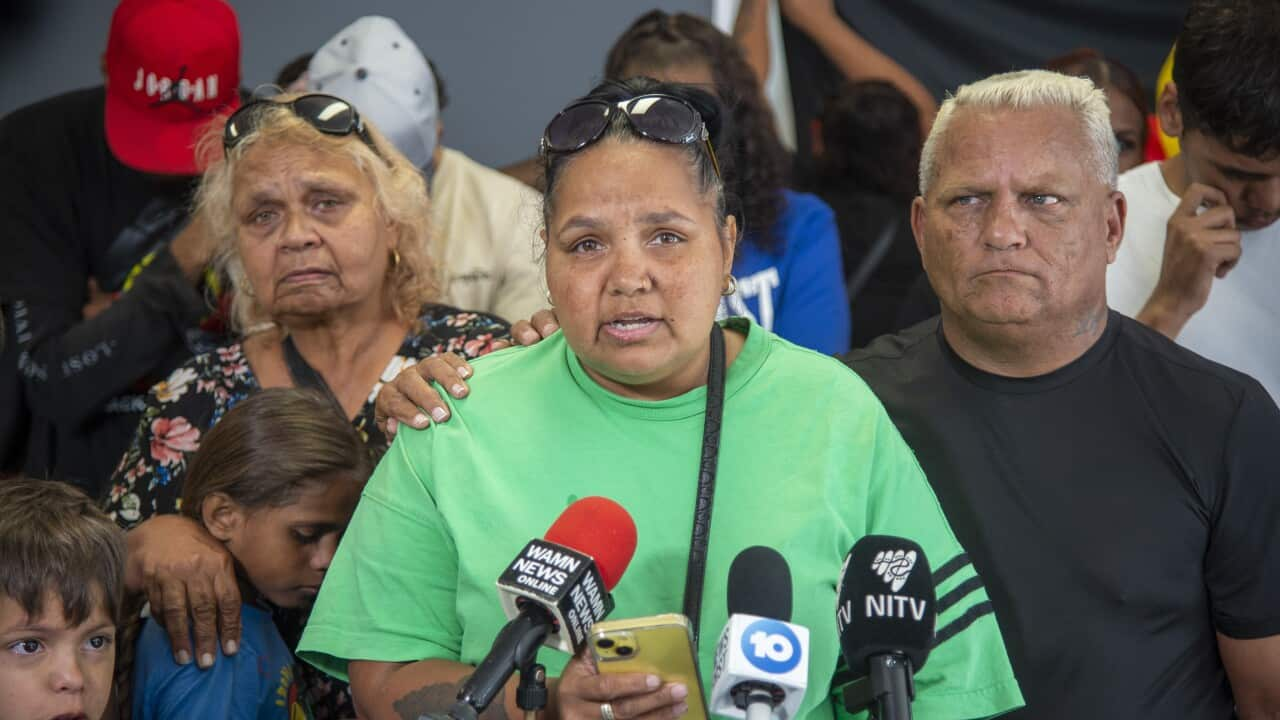A new report has shown the country’s legal aid sector is under increasing pressure.
The Justice on the Brink report found the sector needs $484 million per year to meet unmet demand for Legal Aid.
Legal Aid commissions are the key providers of legal assistance to people experiencing disadvantage and the volume of complex legal issues in communities across the country continues to outpace Legal Aid’s ability to respond.
National Legal Aid Executive Director Katherine McKernan said, “failing to invest in Legal Aid would deny people access to justice and disproportionately impacts disadvantaged communities, including First Nations people, people living with a disability, and poorer people.”
Ms McKernan said over 20 per cent of Legal Aid’s national client base are First Nations people and in the Northern Territory that figure is around 80 per cent.
“Investment in Legal Aid, alongside investment in local Aboriginal community controlled organisations would really ensure that [First Nations clients] receive the appropriate legal assistance that they need,” said Ms McKernan.
Ashley Morris, Director, First Nations Services at Victoria Legal Aid and Gunditjmara man, echoed Ms McKernan’s call for increased funding of Aboriginal led solutions.
“First Nations specific legal issues can be address through non-Aboriginal legal assistance services assisting First Peoples, but Aboriginal Controlled Community Organisations should be the primary service provider and funded appropriately to respond to the significant demand," said Mr Morris.
“Embedding Aboriginal self-determination within our service design and delivery will enable us, a non-Aboriginal legal service, to be culturally appropriate and minimise barriers in accessing our legal services. We need an injection of funding to support active management with First Nations people, hearing what services must look like to increase access to services."
The increasing demand for Legal Aid is being driven by population growth and increasing legal need, with the data showing the number of people accessing Legal Aid Commission websites and hotlines across Australia doubling and tripling in recent years.
Ms McKernan said funding for the sector is falling despite a 2014 productivity report recommending $200 million in additional Commonwealth funding.
“This funding was never provided and instead, Commonwealth funding has shrunk in per capita terms, falling from $18.59 to $18.10 in the decade to 2021-22.”
Despite the growing demand for legal assistance, the report warns of a “justice deficit” with only eight per cent of households meeting the strict income and assets tests for accessing Legal Aid.
12.6 per cent of Australian households live on the poverty line.
“You have to be under the poverty line to be able to receive a grant at legal aid,” said Ms McKernan.
“People who are fairly middle class can often not afford legal assistance, so there’s a huge gap between what’s provided and the need.”
The report also found investing in Legal Aid would result in $600 million in economic and social benefits in return, with widespread economic and social benefits across the country.
Dr Emily Millane, from Impact Economics and one of the authors of the report, noted issues compounded by the underfunded legal aid sector.
“If we fail to make the necessary investment today, the annual cost of a dysfunctional system will grow alongside the bill for necessary structural repair," said Dr Millane.
“Denied justice costs more in the long run. Economic costs, health costs and ultimately costs to wellbeing.”
Ms McKernan fears Legal Aid is heading towards a crisis without the investment the Justice on the Brink report calls for, as many practitioners who provide the representation leave due to the low fees.
“72 per cent of lawyers [at Legal Aid] is provided by private practitioners and we’re experiencing them leaving in a way that is really impacting on our capacity to deliver the services,” said Ms McKernan.
“If we don’t get the additional funding, we will need to look at increasing the fees and that will mean we will have to reduce accessibility even further.
“Really then we’re restricting something that is already restricted just to ensure we have a system that’s working.”












